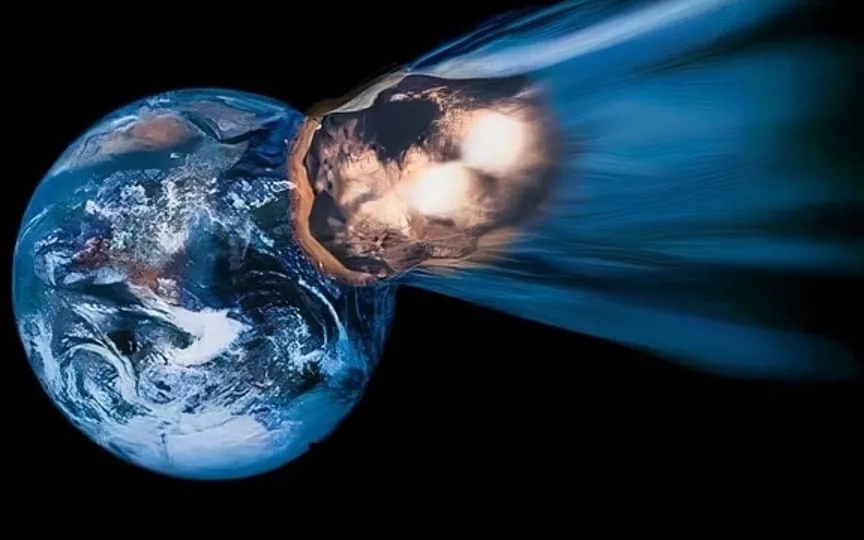Asteroid to Make Closer Approach to Earth than the Moon Today – Learn More About the Alarming Encounter
Asteroids, according to NASA, are ancient celestial bodies that originated during the early formation of our solar system approximately 4.6 billion years ago. While the majority of these space rocks are situated within the main asteroid belt, which lies between the orbits of Jupiter and Mars, certain asteroids have orbits that bring them nearer to Earth. In addition to the asteroid belt, the Kuiper belt also contains a significant number of comets and asteroids. Notably, in recent times, there have been multiple instances where asteroids have come close to colliding with our planet. When these asteroids approach Earth within a certain proximity, they are referred to as Near-Earth Objects.
NASA has now revealed that a similar asteroid is set to pass the planet and will pass closer to its moon!
About asteroid 2023 SN1
NASA has warned that an asteroid named Asteroid 2023 SN1 is moving rapidly towards Earth and is expected to make its closest approach to the planet today, September 20. This space rock is already on its way towards us and flies at a terrifying speed of 58306 kilometers. per hour, which is just shy of spaceship speed!
According to NASA, asteroid 2023 SN1 will pass the Earth very close, only 332,000 away, which is even closer than the Moon! For the uninitiated, the Moon’s distance from Earth is 384,400 kilometers, making asteroid 2023 SN1 one of the closest asteroids to pass Earth in recent months.
It belongs to the group of Apollo asteroids, which are Earth-passing space rocks with semi-major axes larger than Earth’s. They are named after the Apollo asteroid of 1862, which was discovered by German astronomer Karl Reinmuth in the 1930s.
Despite the very close approach, this asteroid has not been considered a threat due to its small size. NASA estimates it to be almost the size of a small car, and is only 15 feet wide.
NASA Impact Tracking System
NASA has a new impact monitoring system in place that uses an algorithm called Sentry-II to calculate the collision risk of near-Earth objects. Using this infrared data, NASA can track an asteroid’s orbit and even predict its orbit years into the future. To date, nearly 28,000 near-Earth asteroids have been discovered using various technical instruments that track objects in the sky.




